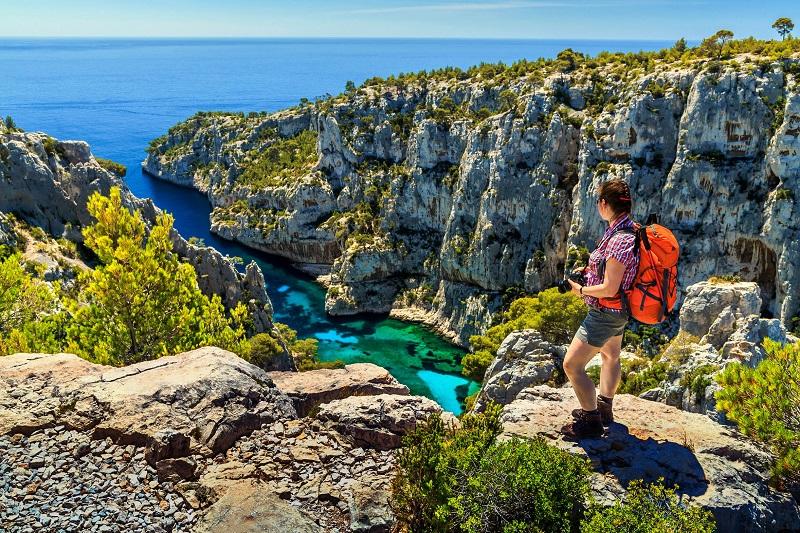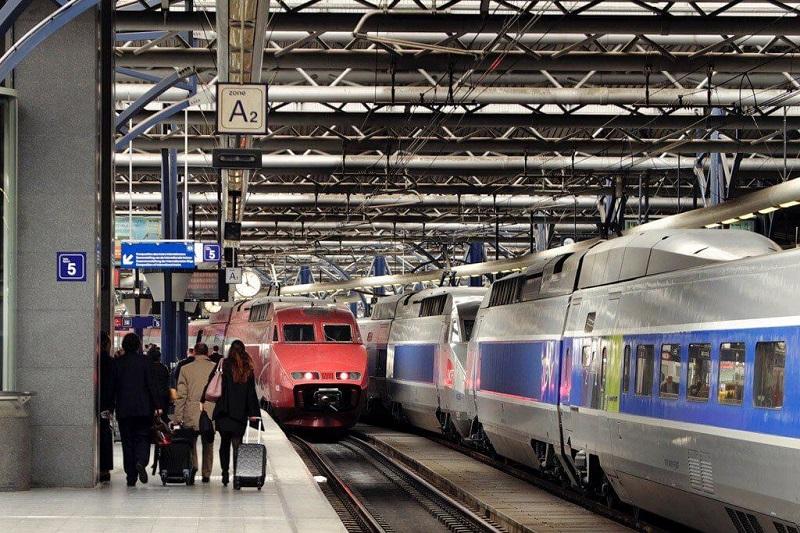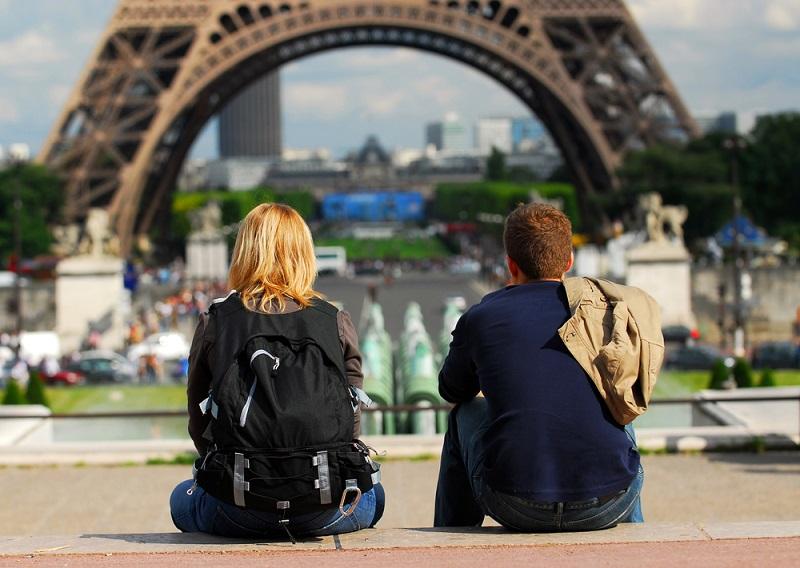France is a premier global destination for tourists, captivating visitors with its awe-inspiring art, history, distinct culture, and delectable cuisine. With an annual influx of over 89 million tourists, it boasts the highest footfall worldwide. Despite its seemingly limited expanse, France has many attractions that entice tourists year after year. However, an independent tour is essential to uncover France’s hidden gems, most thrilling experiences, and budget-friendly options.
Backpacking offers the freedom to mingle effortlessly with the locals and facilitates acclimation to the language and culture. As a result, I gained a much deeper understanding of the rich tapestry of French culture from the ground level, surpassing the limited perspective I had from my hotel balcony in 2007.
Best season to visit France
According to statistics, most tourists flock to the country during the summer as they perceive it to be the ideal time. Nevertheless, the scorching temperatures in July and August sometimes make this journey unbearable. On the other hand, opting for a visit during the spring months, April to June, makes much more sense due to the pleasant and warm temperatures that allow for delightful outdoor strolls.
Alternatively, embarking on a trip during the fall or autumn can also be a splendid idea, as the weather remains mild without being cold enough to disrupt your travel plans. Travelling during the off-season, specifically in fall and spring, has advantages. You’ll experience fewer crowds and enjoy discounted prices, making it a more convenient choice.
Where to backpack in France

Considering the abundance of attractions in France, it would be beneficial to take some time and create a travel plan that suits your schedule and budget. While many visitors find Paris a good destination, France’s cultural treasures extend far beyond its capital city.
Your trip’s expenses will depend on various factors, including accommodation, transportation options, activities, and your preference for comfort. Each person’s travel experience is unique, often influenced by the depth of their pockets. Nonetheless, there are a few essential sights that every traveller to France should include in their itinerary. Here are some enchanting locations for backpacking in France.
Paris
If you haven’t experienced Paris, it’s hard to claim you’ve explored the country. Paris is esteemed as the cultural epicentre of the world for many people. This magnificent city has been the stage for renowned global events like the Cannes Film Festival. Consequently, visiting the outstanding Paris is highly recommended regardless of your destination.
Paris boasts iconic landmarks like the Arc de Triomphe, Notre Dame Cathedral, and the Eiffel Tower, alongside some of the finest art institutions on the continent, such as the Louvre. Paris alone offers an extensive itinerary that satisfies most visitors to the country. Depending on your time constraints, you can thoroughly explore the capital’s attractions within 2-3 days.
Normandy region
Renowned for its captivating memoirs of World War II, the picturesque region of Normandy rests to the east of the capital. This enchanting area is celebrated for its enthralling historical narratives and delectable Camembert cheese. If you seek an unconventional adventure, exploring the hidden gems of Rouen and Bayeux in the tranquil backcountry is a delightful choice.
Provence region

The Provence region is an outstanding destination for backpackers, comprising captivating cities like Marseille, Nice, and Avignon. Furthermore, this area provides enchanting landscapes, including charming vineyards that create an ideal backdrop for a memorable picnic in the serene countryside.
Nouvelle-Aquitaine Region
France stands out as a rare haven for indulging in exquisite wine, and the Nouvelle-Aquitaine Region emerges as the ultimate destination for such pleasures. Unsurprisingly, Bordeaux claims the top spot as the most sought-after locale within this renowned wine region. Yet, visitors can relish invigorating nature walks and traverse bike trails beyond vineyards to savour an unforgettable outdoor adventure.
Occitanie Region
The southernmost administrative wing of metropolitan France is renowned for its medieval Roman cities, expansive sandy beaches, and vibrant seaside resorts. Visitors can also indulge in the region’s picturesque backcountry, offering opportunities for leisurely nature walks amidst its hilly and mountainous landscapes. Montpellier is the capital and the most frequented destination in this area.
How to backpack in France
Backpacking in France can be an incredible journey filled with beauty and adventure, mainly when approached with careful consideration. To ensure a successful experience, you must consider two crucial factors when planning your backpacking trip.
How to get around France

If you prefer to travel by short flights within the country, searching the internet and comparing flight prices is advisable. Websites like Kiwi and Skyscanner can assist you in finding the most suitable flight in terms of both time and cost. Alternatively, you may consider utilizing trains and buses for transportation, as they are more budget-friendly options. Buses provide modern conveniences and can cater to various preferences.
On the other hand, trains offer the quickest means of travel between cities in France. To determine the most suitable modes of transportation based on your specific travel plans, you can consult Omio, which provides information on trains, buses, and flights that best fit your itinerary.
Finding appropriate accommodation
Considering France’s prominent position on the global stage, it boasts an array of exceptional accommodation options worldwide. Whether you seek lavish hotels in the Louvre area and Champs-Élysées or the more budget-friendly Latin Quarter, renowned as a student hub, the capital offers abundant lodging choices. Additionally, for a unique experience, you can explore alternative options like camping or Couchsurfing, which provide exciting opportunities to reconnect with loved ones.
Conclusion
Backpacking in France is like stumbling upon a magical baguette that keeps surprising you with its delightful flavours. It’s a wild adventure where you can chase the scent of freshly baked croissants through winding streets, navigate cheese-induced daydreams, and conquer the art of juggling wine glasses in vineyards. From scaling the Eiffel Tower with a baguette to having deep philosophical discussions with a snail, France offers a backpacker a perfect blend of culture, cuisine, and comical encounters. So, pack your bag, leave your worries behind, and get ready to bask in the whimsical world of baguettes, berets, and beyond! Bon voyage!



